When standing in the feed store aisle, it’s natural to compare bag prices. A $59.95 feed seems expensive next to an $$37.49 option. But this comparison tells only part of the story – and often leads to costly decisions that waste money while providing inferior nutrition.
Understanding the true economics of horse feeding requires looking beyond sticker prices to daily feeding costs, nutritional value, and long-term health outcomes. Here’s everything you need to know about making smart feeding decisions based on real value, not just bag price.
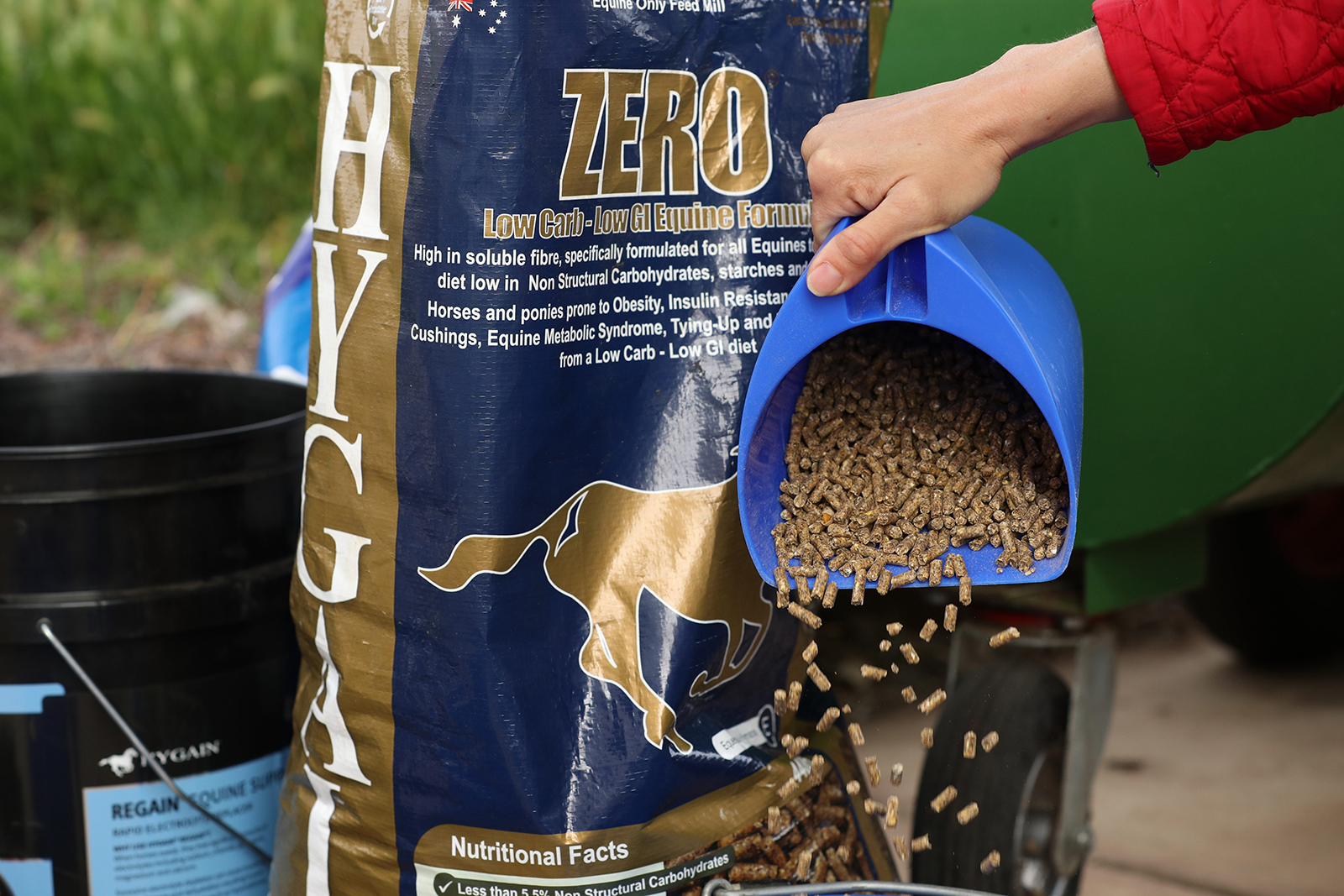
Our brains are wired to make quick comparisons. When we see two feed bags side by side – one priced at $37.49 and another at $59.95 – the immediate assumption is that the lower-priced option saves money. This mental shortcut works for many purchases, but horse feed operates by different rules.
Understanding the true economics of horse feeding requires looking beyond sticker prices to daily feeding costs, nutritional value, and long-term health outcomes. Here’s everything you need to know about making smart feeding decisions based on real value, not just bag price.
Bag price alone doesn’t account for:
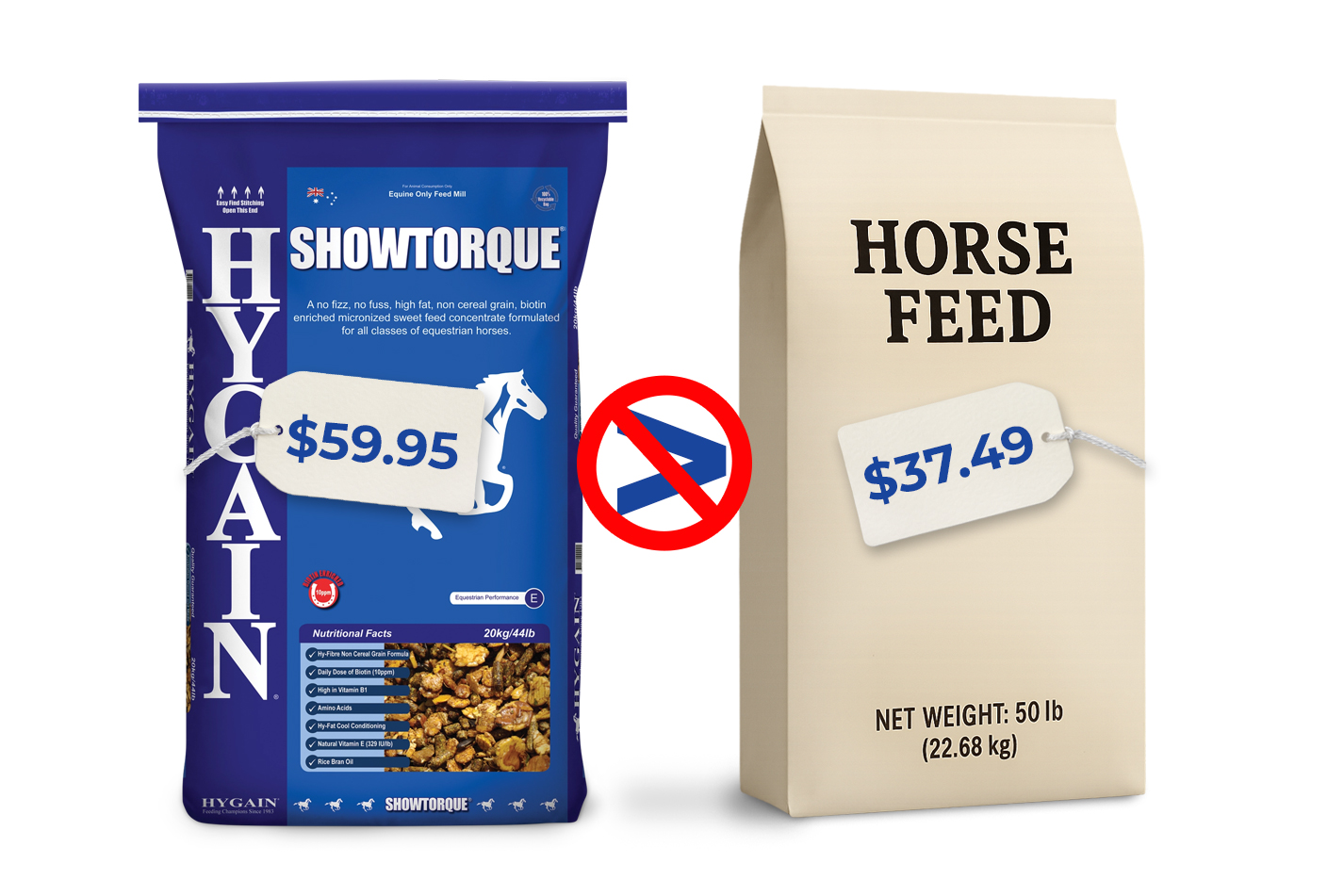
True daily cost = (Bag price ÷ Bag weight) × Daily feeding amount
This simple calculation reveals the actual economics of any feeding program.
Let’s examine two common scenarios:
The “expensive” feed actually costs less to use – and this doesn’t account for the superior nutrition your horse receives.
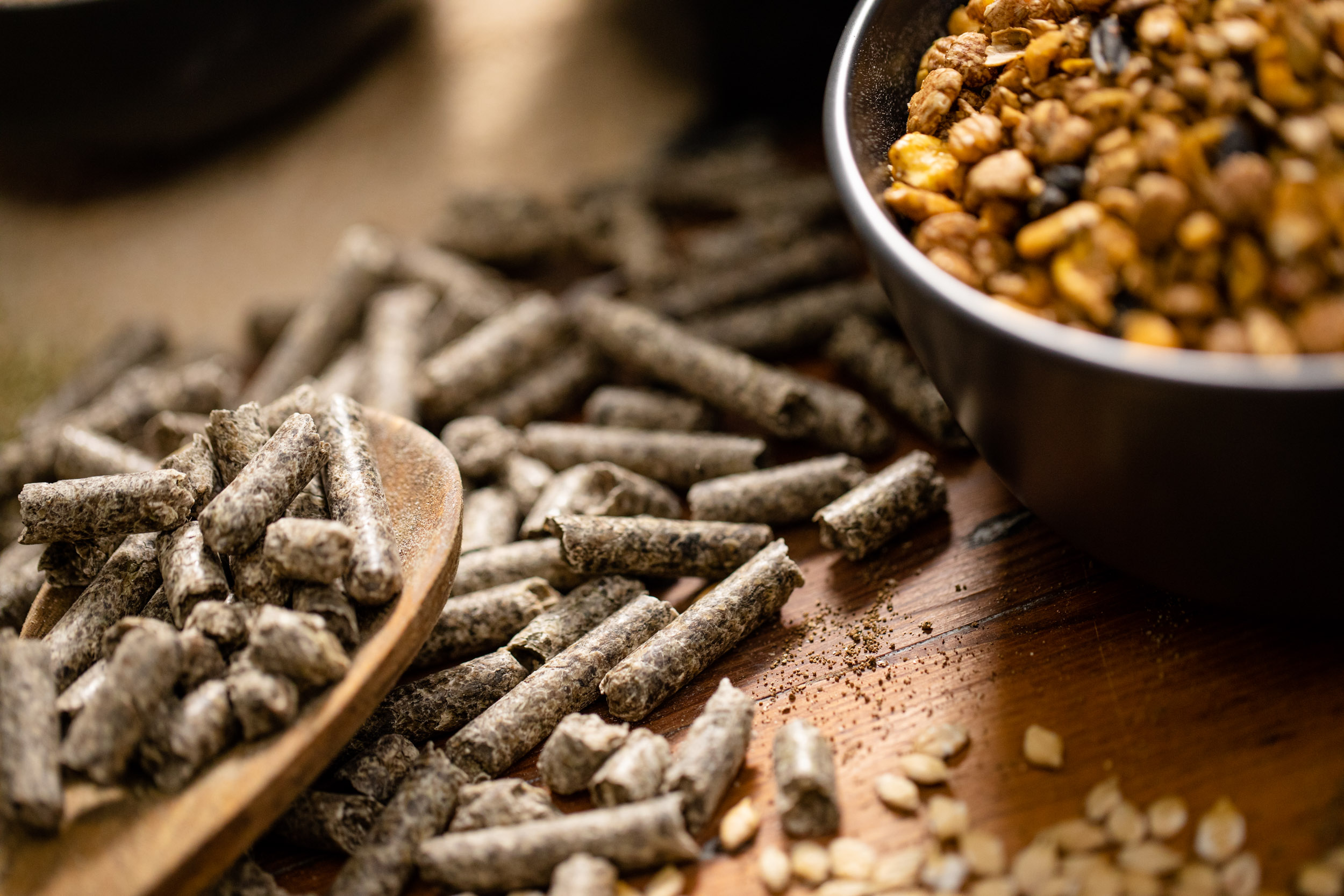
Not all feed processing is created equal. Traditional methods like steam flaking or pelleting prepare ingredients adequately, but advanced processing technologies can dramatically improve nutrient availability.
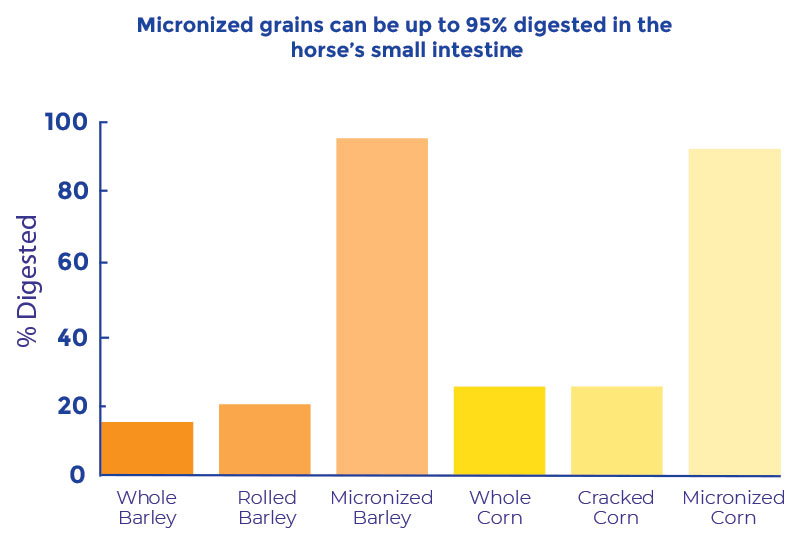
This improved digestibility means horses extract more nutrition from each pound of feed, requiring smaller portions to meet their needs.
Many conventional feeds rely on inexpensive fillers to reduce manufacturing costs:
Premium feeds eliminate or minimize fillers, concentrating nutrition into every pound. While this increases the cost per pound, it reduces the pounds needed, often resulting in lower daily costs.
Conventional Protein Sources:
Premium Protein Sources:
These premium ingredients cost more per pound but provide superior nutritional value, allowing for reduced feeding rates.
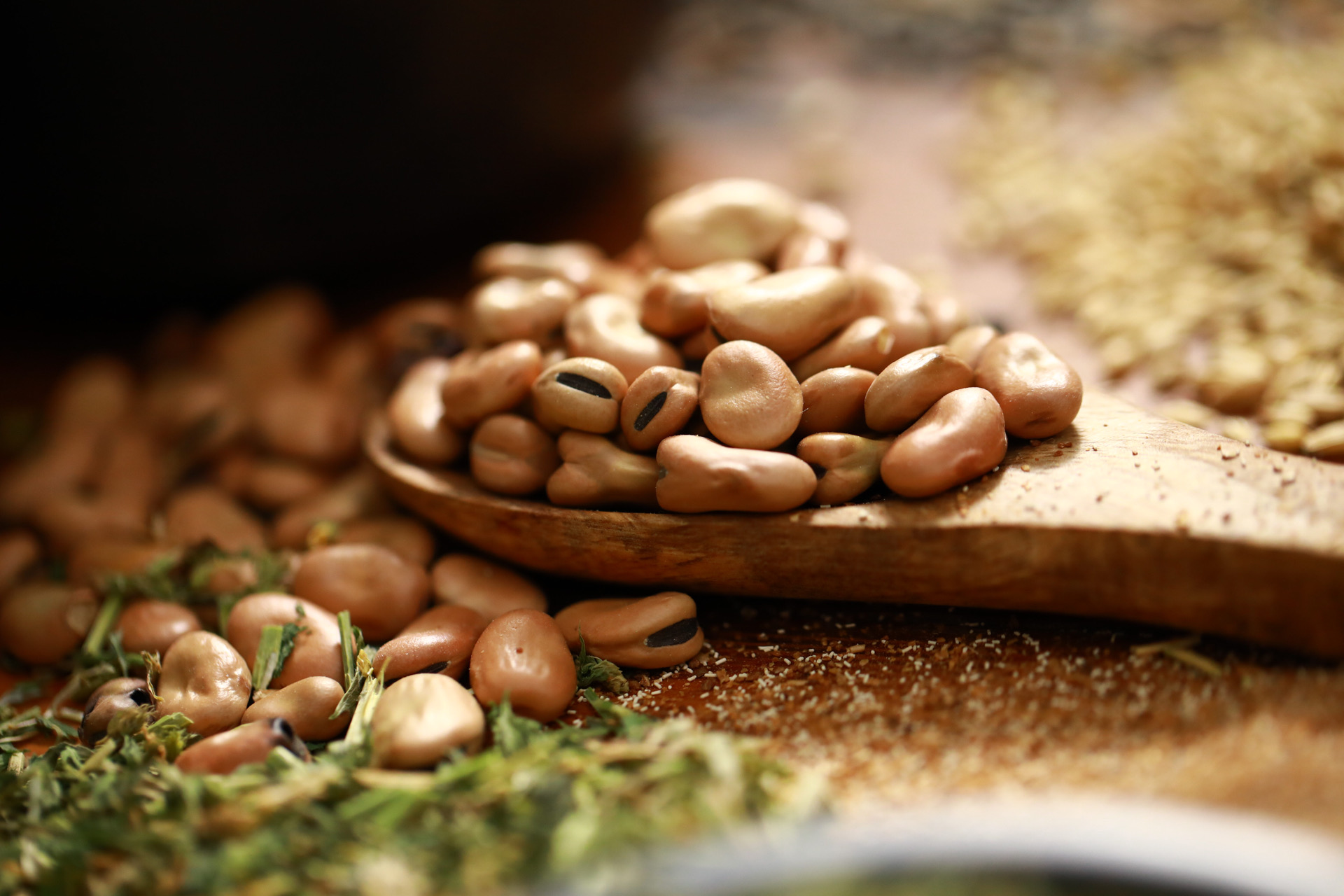
Poor nutrition doesn’t just waste money on feed – it can create expensive health problems:
Digestive Issues:
Metabolic Problems:
Performance Issues:
When base nutrition is inadequate, horse owners often add multiple supplements to fill gaps:
A high-quality base feed often eliminates the need for multiple supplements, providing comprehensive nutrition in a single product.
Create a simple spreadsheet to compare feeds:
This visual comparison often reveals surprising results that challenge initial price impressions.
When switching feeds, plan a proper evaluation period:
Track both financial costs and horse condition throughout this period.
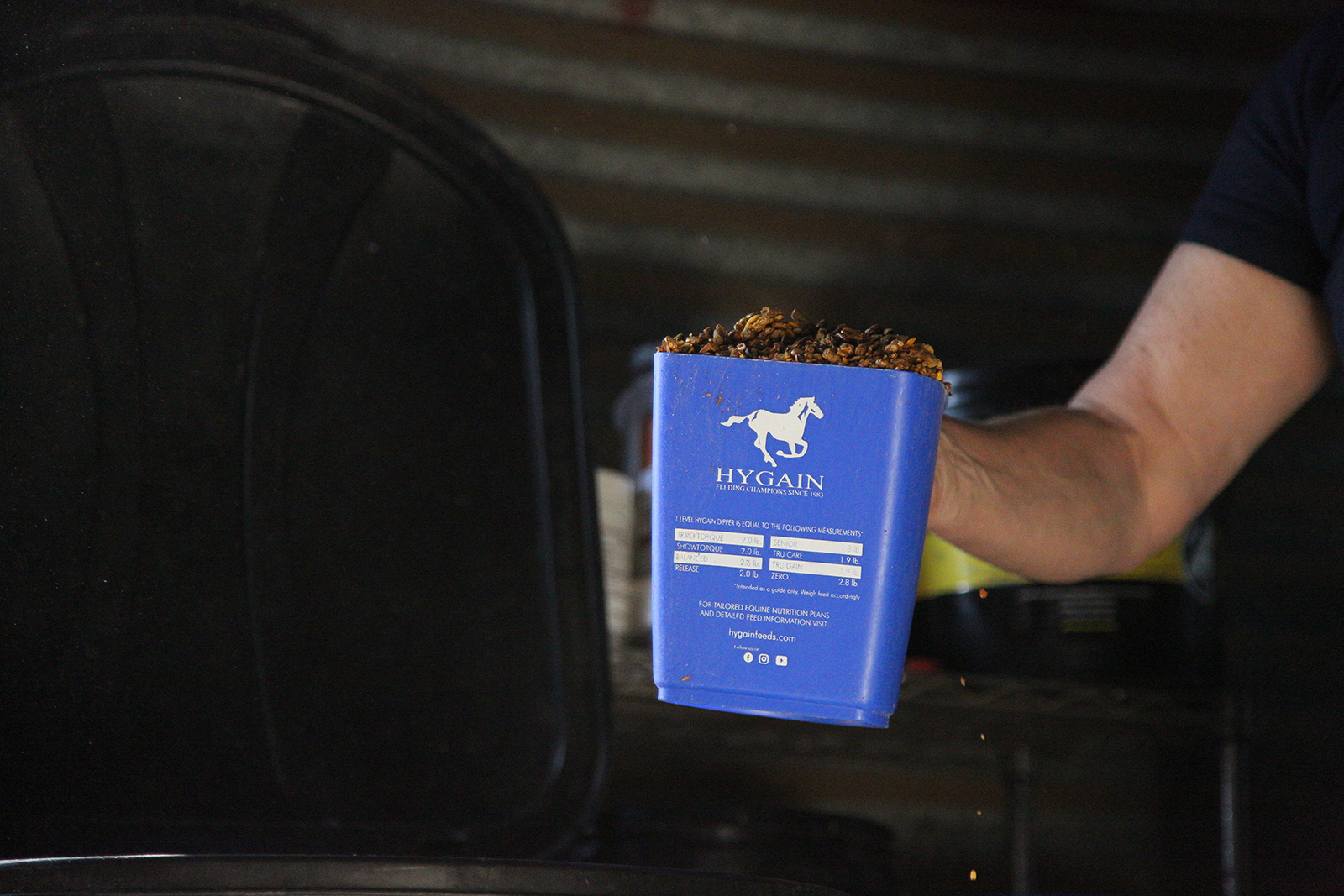
Proper nutrition is preventive healthcare. While premium feed costs more upfront, it often prevents expensive health issues down the road. Consider nutrition as:
For competitive horses, nutrition directly impacts:
These performance benefits often justify higher feed costs through improved earnings and reduced veterinary expenses.
Beyond economics, proper nutrition affects:
These intangible benefits have real value for horse owners who prioritize their animals’ well being.
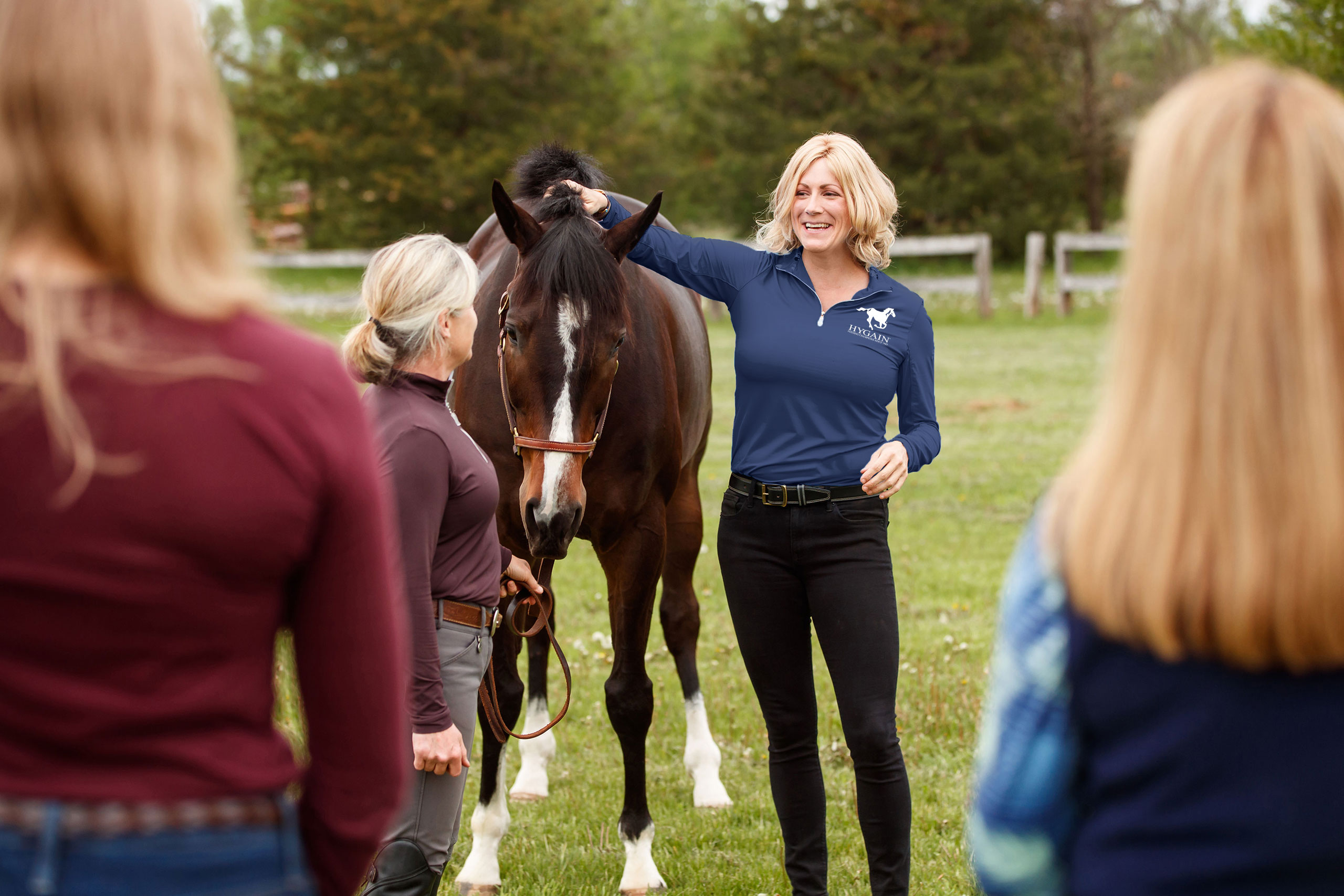
Equine nutrition advisors can provide:
Professional guidance often pays for itself through optimized feeding programs and reduced trial-and-error costs.
While price often correlates with quality, it’s not absolute. Some factors that can skew this relationship:
Always evaluate feeds based on ingredients, processing, and feeding rates rather than price alone.
“Doing fine” isn’t the same as “thriving.” Horses are remarkably adaptable and can survive on suboptimal nutrition. However, subtle signs of inadequate nutrition include:
Small daily differences compound over time:
These “small” differences represent meaningful savings and improved horse welfare.
Understanding feed economics empowers horse owners to make informed decisions based on value rather than price alone. The cheapest bag rarely provides the best value, while the most expensive option isn’t always necessary.
Focus on:
Remember that your horse’s nutrition affects everything from daily energy levels to long-term health and performance. Investing in quality nutrition often pays dividends through reduced veterinary costs, improved performance, and the satisfaction of providing excellent care.
The next time you’re comparing feeds, look beyond the bag price. Calculate the daily costs, consider the nutritional value, and factor in the long-term benefits. Your horse – and your wallet – will thank you for making informed decisions based on true value rather than initial impressions.
For personalized feeding recommendations and cost analysis for your specific situation, consult with qualified equine nutrition advisors who can evaluate your horse’s individual needs and provide customized solutions.